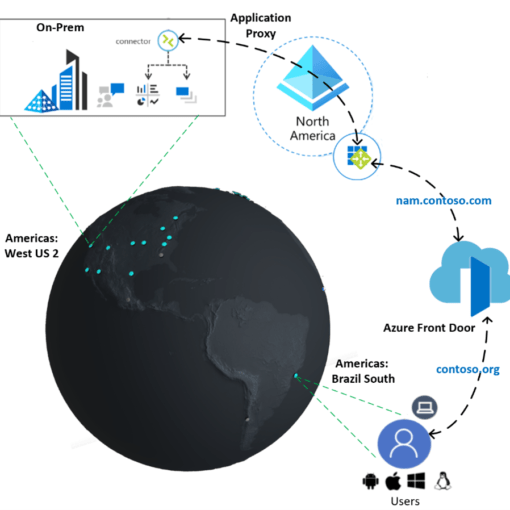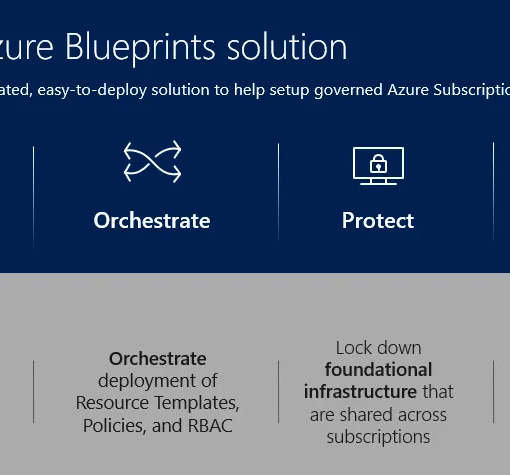Updated – July 2024

In the world of cloud computing, ensuring that applications and services remain available and performant in the face of disruptions is crucial. Azure Resiliency is all about designing and implementing strategies, services, and design decisions to make your cloud infrastructure robust and reliable. This post delves into the key components of Azure Resiliency, including related services, strategies, and design decisions that can help maintain business continuity and minimise downtime.
What is Azure Resiliency?
Azure Resiliency refers to the ability of Azure services to recover quickly from failures and continue operating despite disruptions. This involves a combination of redundancy, failover mechanisms, disaster recovery plans, and best practices to ensure that applications remain available and reliable.
Key Components of Azure Resiliency
- High Availability
- Disaster Recovery
- Fault Tolerance
- Backup and Restore
- Geo-Redundancy
- Scalability
1. High Availability
High Availability (HA) ensures that your applications and services are available with minimal downtime. Azure provides several services and features to achieve high availability:
- Availability Zones: Physically separate locations within an Azure region, each with independent power, cooling, and networking. Distributing your resources across multiple zones increases availability and fault tolerance.
- Load Balancer: Distributes incoming network traffic across multiple servers, ensuring no single server becomes a point of failure.
- Azure Traffic Manager: A DNS-based traffic load balancer that distributes traffic across multiple regions, providing high availability and responsiveness.
2. Disaster Recovery
Disaster Recovery (DR) involves preparing for and recovering from catastrophic events that cause significant disruptions to your applications and services.
- Azure Site Recovery: Replicates workloads running on physical and virtual machines (VMs) to a secondary location. In case of a disaster, you can failover to the replicated site and continue operations.
- Geo-Replication: For services like Azure SQL Database and Azure Storage, geo-replication automatically replicates data to a secondary region, ensuring data availability even if the primary region fails.
3. Fault Tolerance
Fault Tolerance is the ability of a system to continue operating properly in the event of a failure of some of its components.
- Virtual Machine Scale Sets: Automatically manage the availability of VMs by distributing them across fault domains, ensuring that failures do not impact the overall availability.
- Azure Kubernetes Service (AKS): Provides automated container orchestration, allowing you to run and scale Kubernetes applications across multiple nodes to ensure fault tolerance.
4. Backup and Restore
Backup and Restore services provide data protection and recovery options to ensure that you can restore your data in case of accidental deletion, corruption, or disaster.
- Azure Backup: A scalable solution to back up data from on-premises and cloud-based resources. It supports VMs, SQL databases, and more, ensuring that you can restore data when needed.
- Azure Blob Storage: Provides point-in-time snapshots and versioning to protect against accidental deletions or modifications.
5. Geo-Redundancy
Geo-Redundancy involves replicating data and services across multiple geographic locations to ensure availability and durability.
- (Read-Access) Geo-Redundant Storage (RA-GRS): Replicates your data to a secondary region, allowing read access even if the primary region is unavailable.
- Azure Cosmos DB: Provides multi-region writes and reads, ensuring low-latency access to data and high availability across the globe.
6. Scalability
Scalability ensures that your applications can handle varying loads by dynamically adjusting resources based on demand.
- Auto-scaling: Automatically adds or removes VMs based on the current load, ensuring optimal performance without over-provisioning.
- Serverless Computing: Services like Azure Functions automatically scale out based on demand, providing cost-efficient scalability without the need to manage infrastructure.
Azure Resiliency encompasses a range of services, strategies, and design decisions aimed at ensuring the robustness and reliability of your cloud infrastructure. By leveraging high availability, disaster recovery, fault tolerance, backup and restore, geo-redundancy, and scalability, you can build resilient applications that withstand disruptions and provide continuous service to your users.
Sources:




